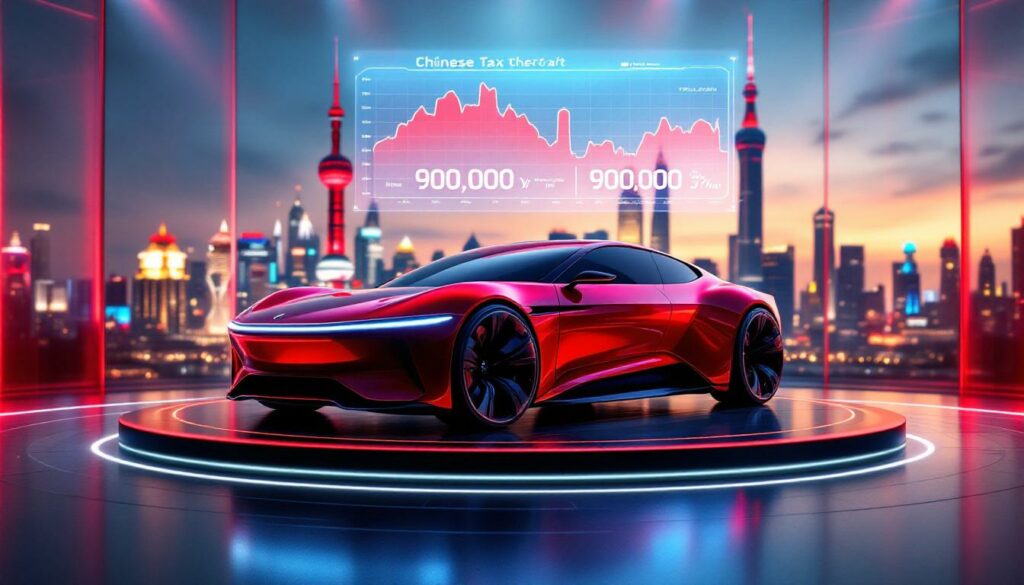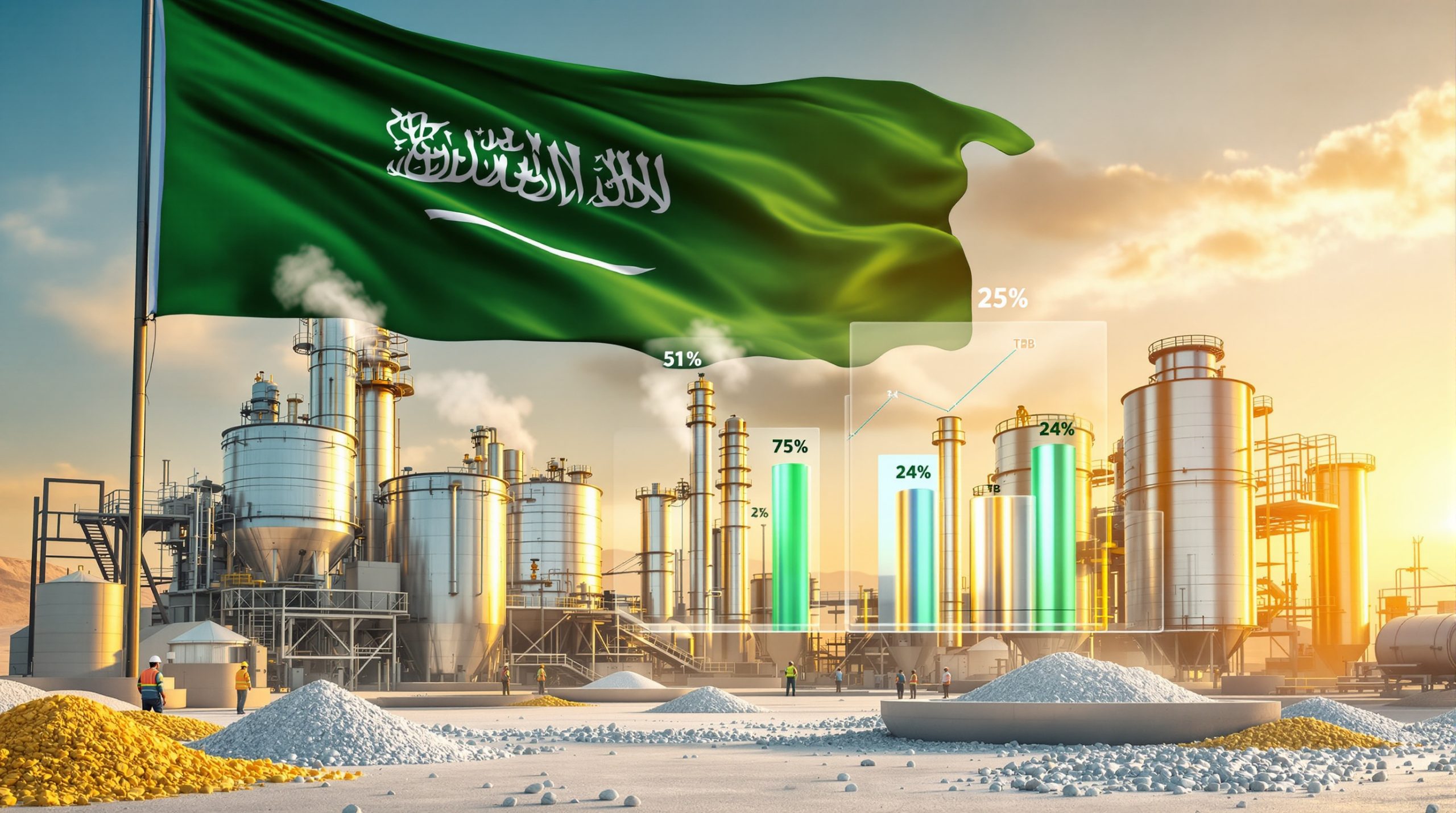What Is the New Consumption Tax Policy for Super-Luxury Cars?
China's Ministry of Finance has introduced a significant revision to its consumption tax policy for super-luxury vehicles, marking a substantial shift in how these high-end automobiles are taxed. The policy, announced in mid-2025, creates a more comprehensive framework that accounts for evolving vehicle technologies and changing market dynamics.
Understanding the Ministry of Finance's Recent Adjustment
The core change involves both the definition of what constitutes a "super-luxury" vehicle and how taxes are collected on these premium automobiles. According to the official Ministry of Finance announcement, the policy now takes a price-based approach rather than focusing primarily on engine displacement as previous frameworks did.
"The Ministry's approach represents a shift from production-based taxation toward consumption-based taxation, aligning with broader tax reform initiatives across various sectors of the economy." — Ministry of Finance announcement
This policy revision is part of China's ongoing efforts to modernize its tax system while addressing economic inequality and environmental concerns simultaneously. The implications of these changes could have far-reaching effects similar to how tariffs impact markets in other economic sectors.
Key Changes in the Taxation Scope
The updated policy defines super-luxury vehicles as "passenger cars and medium/light-duty commercial buses with a retail price of 900,000 yuan (excluding VAT) or above per unit." This clear price threshold applies universally across all powertrain technologies, creating a technology-neutral taxation framework.
Key aspects of the scope include:
- Applies to all passenger vehicles above the price threshold
- Covers traditional combustion engines, hybrids, pure electric, and fuel cell vehicles
- Focuses on retail price excluding VAT as the determining factor
- Implements different collection mechanisms based on vehicle technology
The policy's technology-neutral approach marks a departure from previous frameworks that often treated different powertrain technologies with separate regulatory structures.
How Does the New Tax Policy Affect Different Vehicle Types?
The new consumption tax policy creates a differentiated approach to taxing luxury vehicles based on their powertrain technology, with significant implications for both manufacturers and consumers.
Impact on Electric and Alternative Fuel Vehicles
For super-luxury vehicles powered by pure electric or fuel cell technology that don't have a cylinder capacity (displacement), the consumption tax will only be collected at the retail stage. This represents a significant advantage compared to traditional combustion engine vehicles, which face taxation at multiple points in the supply chain.
This approach offers several benefits for new energy vehicles:
- Simplified tax collection through a single-stage process
- Potentially lower overall tax burden through elimination of compound taxation
- Clearer pricing structures for consumers and dealers
- Alignment with environmental goals through preferential treatment
This retail-only taxation approach aligns with China's broader strategy of promoting electric vehicle adoption while still generating revenue from luxury purchases. The policy bears some similarities to recent VAT refund suspension issues seen in other markets, though with different underlying objectives.
Treatment of Second-Hand Super-Luxury Vehicles
One of the most consumer-friendly aspects of the new framework is the explicit exemption of second-hand super-luxury vehicles from consumption tax when sold by taxpayers. This creates a clear distinction between new and pre-owned luxury vehicle transactions.
The second-hand exemption offers several market benefits:
- Enhanced affordability of pre-owned luxury vehicles
- Potentially stronger resale values for original purchasers
- Stimulation of the certified pre-owned market segment
- Improved market liquidity for premium vehicles
Industry analysts suggest this exemption could stimulate the development of a more robust second-hand luxury vehicle market in China, similar to what exists in more mature automotive markets.
Why Has China Implemented These Tax Changes?
The revised consumption tax policy for super-luxury vehicles serves multiple strategic objectives for China's economic planning and development goals.
Economic and Environmental Policy Objectives
The tax revision aligns with China's dual objectives of economic development and environmental protection. The policy effectively:
- Regulates luxury consumption by maintaining taxation on high-end purchases
- Generates revenue from premium market segments while supporting broader tax reform
- Creates incentives for electric vehicle adoption through differentiated tax treatment
- Establishes a more equitable taxation system across different vehicle technologies
- Supports wealth redistribution goals through targeted taxation of luxury goods
The policy's structure particularly favors electric vehicles, with the single-stage taxation approach potentially reducing the overall tax burden compared to combustion engine alternatives at the same price point. A comprehensive tariff implications analysis shows similar patterns in how taxation can be used to shape market behaviors.
Market Balancing and Industry Development
Beyond revenue generation, the policy adjustments reflect the government's strategic approach to automotive industry development:
- Encourages domestic high-end EV production through favorable tax treatment
- Creates clearer compliance guidelines for both domestic and international automakers
- Establishes price-based rather than technology-based tax thresholds
- Balances environmental goals with revenue needs through flexible collection mechanisms
- Supports "common prosperity" initiatives by taxing luxury consumption
The policy's approach is particularly noteworthy for treating vehicles based on price point rather than origin, creating a level playing field for domestic and international manufacturers.
What Are the Financial Implications for Consumers?
The consumption tax adjustments create a complex set of financial implications for potential buyers of high-end vehicles, with different impacts based on powertrain technology and purchase timing.
Cost Analysis for Potential Buyers
The tax framework creates distinctly different scenarios depending on vehicle type and purchase circumstances:
| Vehicle Type | Tax Collection Point | Potential Price Impact |
|---|---|---|
| Traditional Luxury | Manufacturing and Retail | Higher overall tax burden due to compound taxation |
| Electric/Fuel Cell | Retail Stage Only | Potentially lower tax burden through single-stage collection |
| Second-hand | Exempt | No consumption tax applied, potentially 5-10% savings |
For consumers, this creates strategic purchasing considerations. A 1.2 million yuan electric luxury vehicle might have a lower effective tax rate than a similarly priced combustion engine alternative, potentially influencing buying decisions at the premium end of the market. These considerations are increasingly important given the broader US economic outlook and its potential impact on global luxury markets.
Price Threshold Considerations
With the 900,000 yuan threshold (excluding VAT) determining which vehicles fall under the super-luxury category, both consumers and manufacturers must carefully consider how various options and configurations affect a vehicle's tax classification.
Strategic considerations include:
- Optional equipment selections that might push vehicles over the threshold
- Base model configurations designed to stay just under the limit
- Price sensitivity around the threshold point
- Documentation requirements for establishing the official retail price
Manufacturers may strategically price certain models and configurations to optimize their tax position, potentially creating new market segments just below the threshold.
How Does This Policy Compare to Previous Tax Frameworks?
China's approach to taxing luxury vehicles has evolved significantly over time, with the current framework representing a substantial modernization of the tax approach.
Historical Context of Luxury Vehicle Taxation
Previous frameworks for luxury vehicle taxation in China were structured differently:
- Earlier systems emphasized engine displacement as the primary determinant of tax rates
- Tax rates typically ranged from 5% to 40% based on engine size (1.5L to 4.0L+)
- Collection primarily occurred at the manufacturing stage rather than retail
- Electric vehicles often had separate frameworks or exemptions
- Price thresholds were either absent or set differently from the current 900,000 yuan mark
The new framework represents a significant shift toward consumption-based taxation rather than production characteristics, creating a more unified approach across different vehicle technologies.
Alignment with Broader Tax Reform Initiatives
The super-luxury vehicle tax adjustment is part of China's ongoing tax reform efforts, which have increasingly focused on:
- Shifting toward consumption-based taxation rather than production-based taxation
- Incorporating environmental considerations into tax policy design
- Simplifying and clarifying tax codes for improved compliance
- Supporting industrial policy goals through tax incentives
- Balancing revenue generation with economic development objectives
This alignment with broader tax reform creates a more coherent overall approach to taxation while supporting multiple policy objectives simultaneously.
What Are the Implementation Timelines and Procedures?
The implementation of the new consumption tax policy involves specific timelines and compliance requirements for different stakeholders in the automotive industry.
Effective Dates and Transition Periods
While the Ministry of Finance announcement established the framework, the implementation includes specific timelines:
- Immediate effect for new vehicle imports upon official implementation
- Transition period for vehicles already in the distribution channel
- Phase-in approach for compliance systems at dealerships
- Clear cutoff dates for previous tax framework application
These timelines ensure orderly market transition while providing businesses sufficient time to adapt their systems and processes to the new requirements.
Compliance Requirements for Businesses
Automotive manufacturers, importers, and retailers must adapt their operations to comply with the new policy through:
- Updated pricing structures reflecting the tax changes
- New point-of-sale systems for calculating and collecting retail-stage taxes
- Modified documentation procedures for establishing vehicle prices
- Exemption certification systems for second-hand transactions
- Updated record-keeping requirements for tax authority inspections
For dealerships in particular, the shift to retail-stage collection for electric vehicles creates new compliance responsibilities that require system updates and staff training.
How Will This Affect the Luxury Automotive Market?
The revised tax framework will likely drive significant market adjustments across China's premium automotive sector.
Projected Market Responses
Industry analysis suggests several potential market responses to the new policy:
- Strategic pricing around the 900,000 yuan threshold to optimize tax positioning
- Enhanced competitiveness of electric luxury vehicles due to single-stage taxation
- Growth in the certified pre-owned luxury segment leveraging tax exemption
- Potential market segmentation based on tax treatment differences
- New product development strategies targeting tax-advantaged positions
Manufacturers with diverse powertrain offerings may find themselves with competitive advantages in different market segments based on the tax treatment variations. These changes may also influence global commodity tariffs in related sectors.
Manufacturer Adaptation Strategies
Luxury vehicle manufacturers are likely to respond with multifaceted strategies:
- Price positioning adjustments to optimize around the threshold
- Enhanced focus on electric and fuel cell luxury models to leverage tax advantages
- New certified pre-owned programs highlighting tax benefits
- Marketing approaches emphasizing total cost of ownership including tax considerations
- Product development initiatives targeting specific tax-advantaged market segments
Chinese domestic manufacturers with strong electric vehicle portfolios may find particular advantages in the new framework as they expand into premium market segments.
What Should Potential Luxury Vehicle Buyers Know?
The revised tax policy creates important considerations for consumers in the premium vehicle market, affecting purchasing decisions and ownership costs.
Consumer Guidance and Considerations
Prospective buyers of high-end vehicles should consider several factors when navigating the new tax landscape:
- Calculate the total cost of ownership including varied tax implications by powertrain
- Compare traditional vs. electric luxury options with tax differences in mind
- Consider potential value retention of different vehicle types under the new tax regime
- Explore certified pre-owned options that now benefit from tax exemption
- Understand the threshold implications when configuring vehicles with options
For many consumers, the tax advantages of electric luxury vehicles may offset higher initial purchase prices or address concerns about new technology adoption.
Documentation and Verification Requirements
Buyers should ensure they receive proper documentation regarding:
- The official retail price used for tax calculation purposes
- Tax payments made at various stages of the transaction
- Certification of tax exemption for second-hand purchases
- Complete vehicle specifications confirming powertrain type and configuration
- Import documentation for international vehicles
Proper documentation ensures compliance while protecting consumers from potential future tax liabilities or compliance issues.
How Does This Policy Connect to Broader Economic Trends?
The super-luxury vehicle tax adjustment reflects and supports multiple economic initiatives within China's development strategy.
Relationship to China's Economic Policies
The tax revision connects to several strategic economic initiatives:
- "Common prosperity" goals addressing wealth distribution through luxury taxation
- Dual circulation economic model balancing domestic consumption and exports
- High-quality development emphasizing sustainable consumption patterns
- Made in China 2025 supporting domestic advanced manufacturing
- Carbon reduction targets promoting electric vehicle adoption
These connections demonstrate how specific tax policies support broader economic development goals through targeted interventions in consumer markets.
Global Market Implications
The policy changes may influence international automotive markets through:
- Altered competitive positioning for foreign luxury brands in China
- Production location decisions for international manufacturers
- Technology development investments targeting tax-advantaged segments
- Export strategies for Chinese domestic manufacturers
- Pricing standardization challenges across global markets
Foreign luxury automakers with significant Chinese market presence may need to develop China-specific strategies to address the unique tax environment while maintaining global brand consistency.
FAQ About the New Super-Luxury Vehicle Tax Policy
What defines a "super-luxury" vehicle under the new policy?
Any passenger car or medium/light commercial bus with a retail price of 900,000 yuan (excluding VAT) or above, regardless of powertrain type.
Are electric vehicles treated differently under this tax policy?
Yes, pure electric and fuel cell vehicles without cylinder capacity are only taxed at the retail stage, potentially resulting in a lower overall tax burden compared to combustion engine vehicles at the same price point.
Will I need to pay consumption tax if I purchase a used super-luxury car?
No, the new policy explicitly exempts second-hand super-luxury vehicles from consumption tax when sold by taxpayers, creating potential savings of 5-10% compared to new vehicle purchases.
How does this policy affect imported luxury vehicles?
Imported luxury vehicles meeting the price threshold will be subject to the same consumption tax framework, though additional import duties may also apply. The policy creates a level playing field based on price rather than origin.
Can manufacturers adjust specifications to avoid the super-luxury classification?
Potentially, though the Ministry of Finance has implemented anti-avoidance measures to prevent manipulation of vehicle pricing to circumvent the tax. These include comprehensive evaluation of standard features and optional equipment.
"The Ministry of Finance's approach demonstrates a sophisticated understanding of market dynamics, creating a framework that addresses both environmental goals and revenue needs while maintaining fairness across different vehicle technologies." — From Ministry announcement
For consumers navigating this complex tax landscape, understanding the different treatment of various vehicle types offers strategic opportunities to optimize both purchase decisions and long-term ownership costs in China's evolving automotive market.
Considering Investing in the Next Significant Mineral Discovery?
Gain a market-leading edge with Discovery Alert's proprietary Discovery IQ model, which delivers instant notifications on significant ASX mineral discoveries, transforming complex data into actionable trading opportunities. Discover why major mineral finds can lead to substantial returns by exploring Discovery Alert's dedicated discoveries page and begin your 30-day free trial today.




